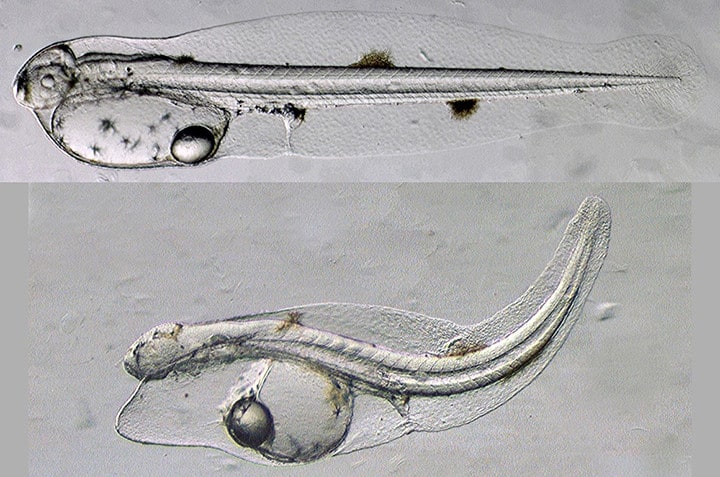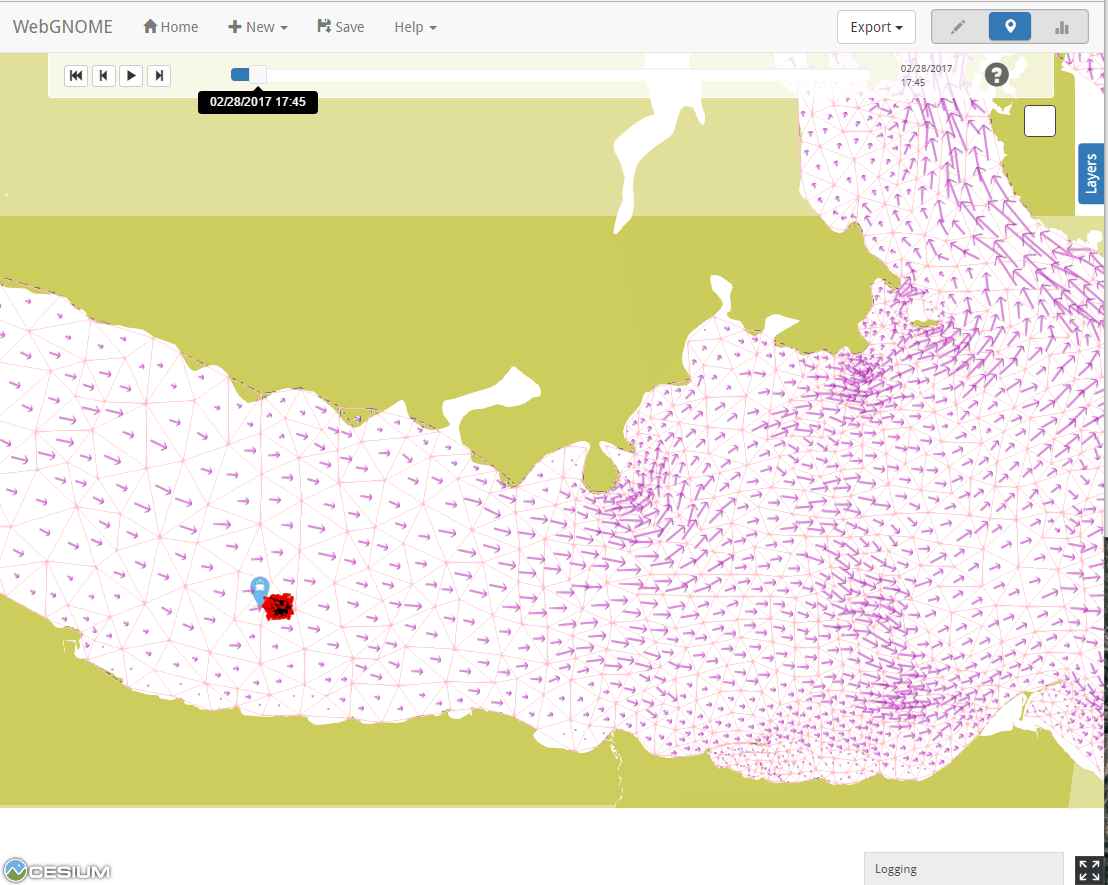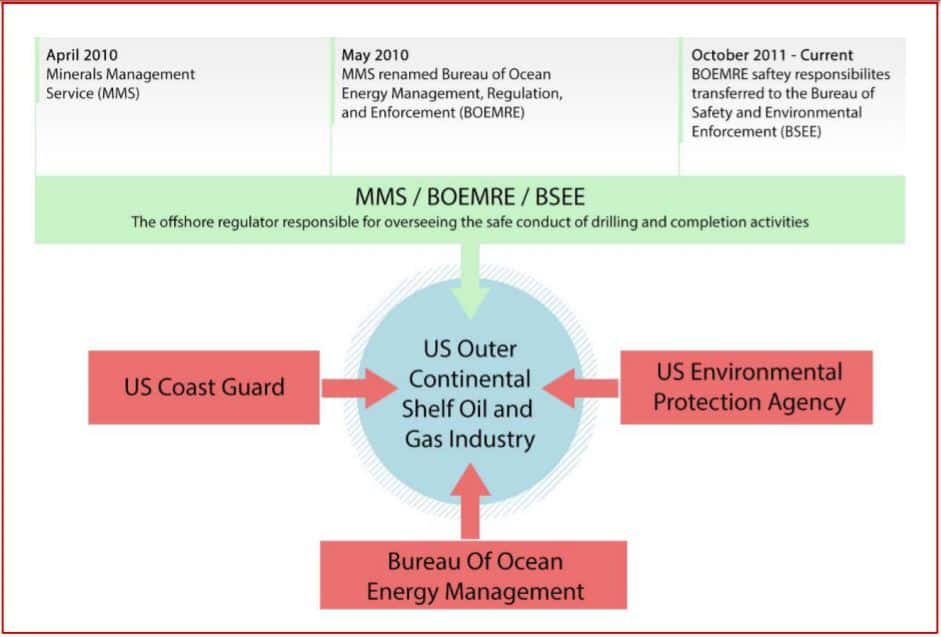Following the Deepwater Horizon incident, government, research centers, and industry worked together to stop the flow of oil and gas into the Gulf. Eventually a static kill and relief well killed the well. This massive undertaking was followed by a heroic cleanup effort. Technologies have been adopted to be better prepared for future incidents and how to best mitigate spills.
These technologies include better studying the toxicity of oil, advances in remote sensing and satellite imaging to detect oil presence, and greater precision in spill forecasting. These technologies are help scientists understand where the oil is coming from, in an effort to stop the spill prior to reaching coastlines.
New Technology
Let’s take a look at some of the programs that were adopted by the National Oceanic and Atmospheric Administration (NOAA) following the Deepwater Horizon:
NOAA Marine Pollution Surveillance Program
Satellite monitoring program funded by the NOAA to pinpoint contamination and possible spills. Mapping can be performed in real time for nearly instantaneous detection. Below is a NOAA animation of the extent of surface oil from the Deepwater Horizon spill based on NOAA satellite analysis. Red shows anomalies indicative of the oil slick location. The animation shows the movement of surface oil between April 23 and June 25, 2010.
NOAA Toxicity Testing Program
NOAA studied oil taken from the Deepwater Horizon spill in the laboratory to assess its toxicity to different marine species, including fish, sea turtles, and dolphins. Laboratory testing and data collection demonstrated transparent fish species were especially vulnerable to oil toxicity, strengthened by sunlight and dispersants. This dataset has been published in an effort for scientists globally to have access to the information for future spills and assessing the environmental impacts.

GNOME Suite for Oil Spill Modeling
NOAA has created a sophisticated model to gather statistical information, direction, and integration of uncapped oil following a spill. The GNOME (General NOAA Operational Modeling Environment) model incorporates Geographic Information System Mapping (GIS) and satellite imagery for the best forecasting. What is neat about this model is it welcomes collaborators to continually improve the model through advanced code.

Actions and Procedures
As a result of the catastrophic oil spill, many safety procedures, strict recommendations, and concerted effort to enforce oil spill protocol were made. A myriad of government and industry organizations joined together to draft emergency preparedness plans, new protocols for rig and well design, personnel training, safety technologies, and other needed guidelines. You will recognize many of these organizations, as they play important roles in activities we have previously discussed in this course: The Department of Interior, U.S. Congress, American Petroleum Institute, Environmental Protection Agency, National Atmospheric and Oceanic Administration, Bureau of Ocean Energy Management, U.S. Coast Guard, Bureau of Safety and Environmental Enforcement. Below are a few examples of the many changes and new implementations that were made as a result of the Deepwater Horizon disaster.
Quick Actions
The federal government took quick action to halt drilling operations in the Gulf to provide time for evaluation and response and a joint investigation was announced on April 27, 2010. The Minerals Management Service (MMS), the part of the Department of the Interior that managed leasing, permitting, and oversight of offshore development at the time, suspended approval of all drilling permits pending a 30-day safety review. Following the review, a six-month moratorium on deepwater drilling ensued. Operators had to cease operations and temporarily abandon wells at depths greater than 500 feet.1Vizcarra, H. (2020, May 4). Deepwater Horizon Ten Years Later: Reviewing agency and regulatory reforms. Harvard Environmental and Energy Law Program. https://eelp.law.harvard.edu/2020/05/deepwater-horizon-ten-years-later-reviewing-agency-and-regulatory-reforms/
Changes in Offshore Regulator
The Department of the Interior also initiated an internal reorganization of MMS – the offshore regulator in 2010 was overseeing royalty collection from offshore oil and gas production, leasing, permitting, and environmental and safety oversight. Thus, the MMS was managing two conflicting priorities – revenue generation and regulatory oversight, creating conflicts of interest within the agency and incentives that undermined its environmental, safety, and enforcement priorities. The reorganization aimed to improve the independence and strength of the offshore regulator’s inspection capabilities. The current offshore regulator for the safe conduct of drilling and completion activities, established in October of 2011, is the Bureau of Safety and Environmental Enforcement.2Vizcarra, H. (2020, May 4). Deepwater Horizon Ten Years Later: Reviewing agency and regulatory reforms. Harvard Environmental and Energy Law Program. https://eelp.law.harvard.edu/2020/05/deepwater-horizon-ten-years-later-reviewing-agency-and-regulatory-reforms/

In May 2010, President Obama created the National Commission on the BP Deepwater Horizon Oil Spill and Offshore Drilling, initiating a process for more studied assessment of the causes of the disaster and preparation of recommendations for further reforms.3Vizcarra, H. (2020, May 4). Deepwater Horizon Ten Years Later: Reviewing agency and regulatory reforms. Harvard Environmental and Energy Law Program. https://eelp.law.harvard.edu/2020/05/deepwater-horizon-ten-years-later-reviewing-agency-and-regulatory-reforms/
Following these initial actions and completion of the 30-day review, the offshore regulator put a series of new safety measures in place. The most significant of these, the Safety Notice to Lessees and Operators (NTL) imposed new certification requirements, new requirements for blowout preventer systems and secondary systems, additional inspection and testing after well control events, and new well design, casing, and cementing requirements. The Safety NTL required operators to submit additional information about their blowout preventer systems, recertify the blowout preventers for floating drilling operations with an independent third party, and obtain independent third party verification that the BOP stack is designed for the specific equipment on the rig. Further requirements covered maintenance and availability of maintenance and inspection records. It mandated additional backup systems including remote intervention capabilities, safety systems, and new testing requirements.4Vizcarra, H. (2020, May 4). Deepwater Horizon Ten Years Later: Reviewing agency and regulatory reforms. Harvard Environmental and Energy Law Program. https://eelp.law.harvard.edu/2020/05/deepwater-horizon-ten-years-later-reviewing-agency-and-regulatory-reforms/
A number of other safety rules and environmental requirements soon followed and were imposed as a direct result of the Deepwater Horizon disaster. On October 12, 2010 the deepwater drilling moratorium was lifted but drillers were not allowed to resume drilling until they could show compliance with all new safety and environmental requirements.5Vizcarra, H. (2020, May 4). Deepwater Horizon Ten Years Later: Reviewing agency and regulatory reforms. Harvard Environmental and Energy Law Program. https://eelp.law.harvard.edu/2020/05/deepwater-horizon-ten-years-later-reviewing-agency-and-regulatory-reforms/
Drilling accidents have not been completely eliminated after the Deepwater Horizon incident. However, the new technology, safety measures, and environmental requirements as a consequence of the incident are important contributions to the “safe, well-controlled environment that one finds on virtually all deepwater rigs around the world.”6van Oort, E. (2016, October 16). What Deepwater Horizon gets right and wrong. https://www.chron.com/neighborhood/pasadena/news/article/What-Deepwater-Horizon-gets-right-and-wrong-9979158.php
Image Credits
- yellowfin-tuna-larva: NOAA
- GNOME-map_view-NOAA-simulated: National Oceanographic and Atmospheric Administration
- Offshore-regulatory-changes-Macondo-USCSB-3: U.S. Chemical Safety and Hazard Investigation Board